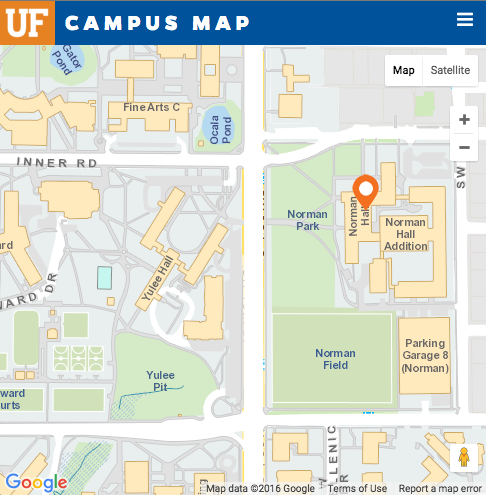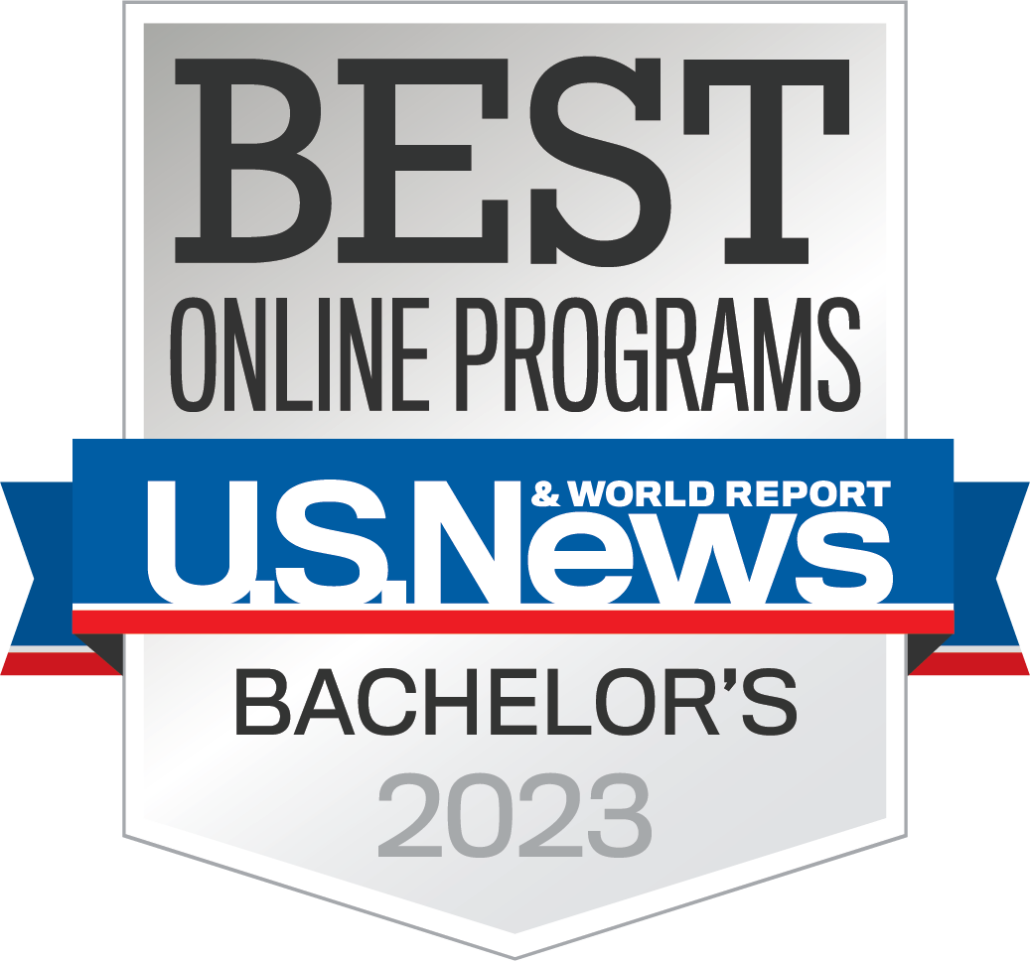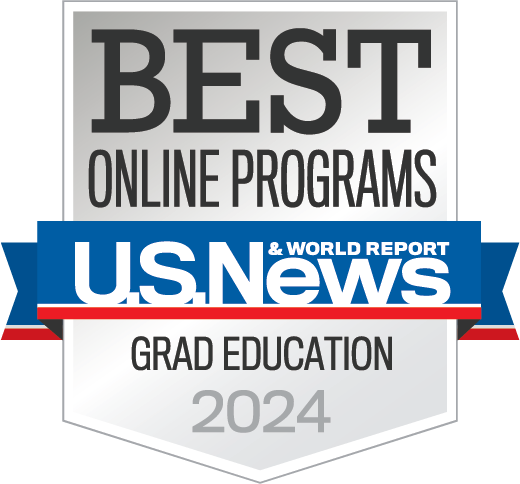https://education.ufl.edu/student-services/files/2016/09/headerblue.png
0
0
https://education.ufl.edu/student-services/files/2016/09/headerblue.png
2016-10-05 08:11:042016-10-05 08:11:04UF Office of Research Request Regarding New Research Faculty Hires
https://education.ufl.edu/student-services/files/2016/09/headerblue.png
0
0
https://education.ufl.edu/student-services/files/2016/09/headerblue.png
2016-10-05 08:10:302016-10-05 08:10:30Progress Reports with Detailed Budgets: UFIRST
https://education.ufl.edu/student-services/files/2016/09/headerblue.png
0
0
https://education.ufl.edu/student-services/files/2016/09/headerblue.png
2016-10-05 08:09:572016-10-05 08:09:57NSF Implements Updates to FastLane
https://education.ufl.edu/student-services/files/2016/09/headerblue.png
0
0
https://education.ufl.edu/student-services/files/2016/09/headerblue.png
2016-10-05 08:09:192016-10-05 08:09:19IES What Works Clearinghouse Launches Redesigned Website
https://education.ufl.edu/student-services/files/2016/09/headerblue.png
0
0
https://education.ufl.edu/student-services/files/2016/09/headerblue.png
2016-10-05 08:08:462016-10-05 08:08:46IES State Education Reforms Website Updated with New Data
https://education.ufl.edu/student-services/files/2016/09/headerblue.png
0
0
https://education.ufl.edu/student-services/files/2016/09/headerblue.png
2016-10-05 08:08:092016-10-05 08:08:09IES Guides Help Educators Design, Administer, and Analyze Surveys
https://education.ufl.edu/student-services/files/2016/09/headerblue.png
0
0
https://education.ufl.edu/student-services/files/2016/09/headerblue.png
2016-10-05 08:07:352016-10-05 08:07:35IES Guide Compiles Measurement Instruments for Assessing the Performance of PLCs
https://education.ufl.edu/student-services/files/2016/09/headerblue.png
0
0
https://education.ufl.edu/student-services/files/2016/09/headerblue.png
2016-10-05 08:06:412016-10-05 08:06:41OECD Releases Education at a Glance 2016
https://education.ufl.edu/educational-research/files/2016/09/Pavlo-Antonenko-2.jpeg
340
396
avilaihong
https://education.ufl.edu/student-services/files/2016/09/headerblue.png
avilaihong2016-09-06 14:53:432023-10-18 12:32:36Research Spotlight: Pavlo “Pasha” Antonenko
https://education.ufl.edu/student-services/files/2016/09/headerblue.png
0
0
https://education.ufl.edu/student-services/files/2016/09/headerblue.png
2016-09-06 14:51:032016-09-06 14:51:03Information to Assist Faculty in Securing Appointments to Federal Committees
https://education.ufl.edu/student-services/files/2016/09/headerblue.png
0
0
https://education.ufl.edu/student-services/files/2016/09/headerblue.png
2016-09-06 14:49:122016-09-06 14:49:12NCURA Departmental Research Administration Workshop
https://education.ufl.edu/student-services/files/2016/09/headerblue.png
0
0
https://education.ufl.edu/student-services/files/2016/09/headerblue.png
2016-09-06 14:48:412016-09-06 14:48:41ORCID.org Registration and Updates
https://education.ufl.edu/student-services/files/2016/09/headerblue.png
0
0
https://education.ufl.edu/student-services/files/2016/09/headerblue.png
2016-09-06 14:47:472016-09-06 14:47:47Sci-Hub Website and Library Information
https://education.ufl.edu/student-services/files/2016/09/headerblue.png
0
0
https://education.ufl.edu/student-services/files/2016/09/headerblue.png
2016-09-06 14:45:192016-09-06 14:45:19A DSP Reminder: IPA Agreement Processing Guidance
https://education.ufl.edu/student-services/files/2016/09/headerblue.png
0
0
https://education.ufl.edu/student-services/files/2016/09/headerblue.png
2016-09-06 14:44:212016-09-06 14:44:21Awarded Projects for August 2016
Scroll to top







